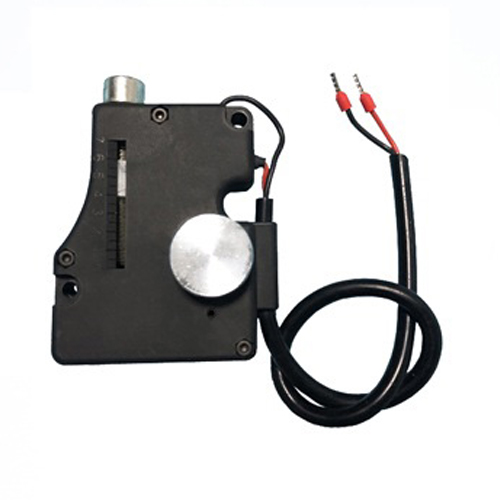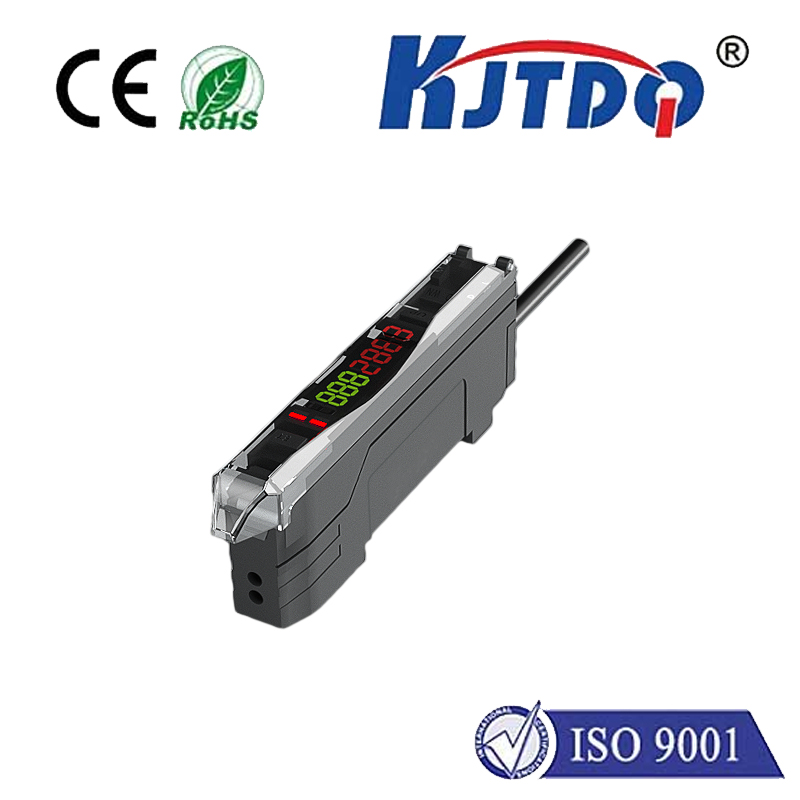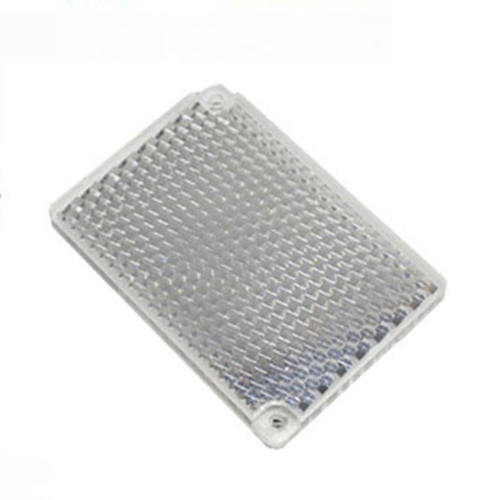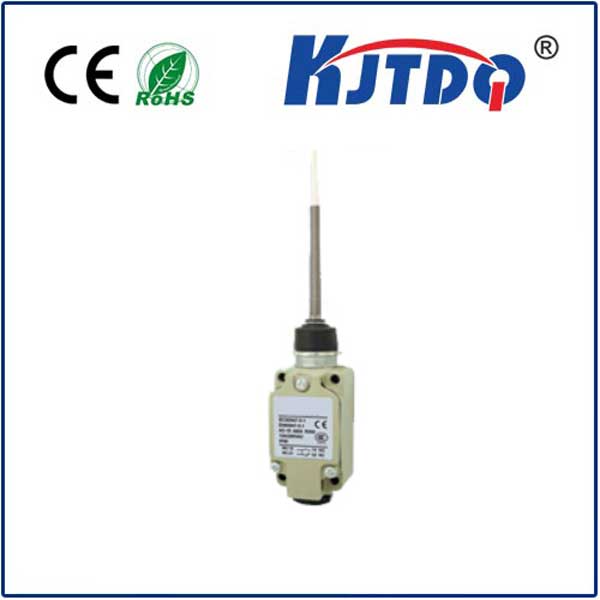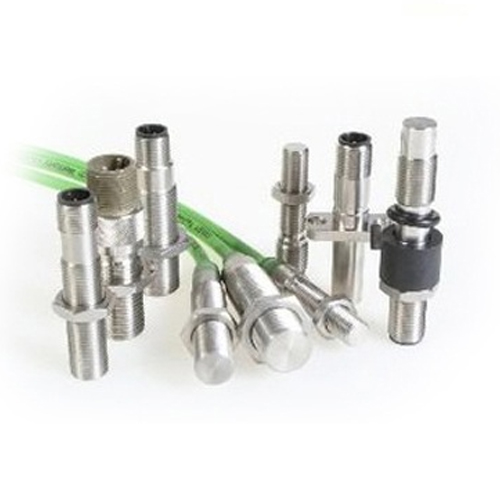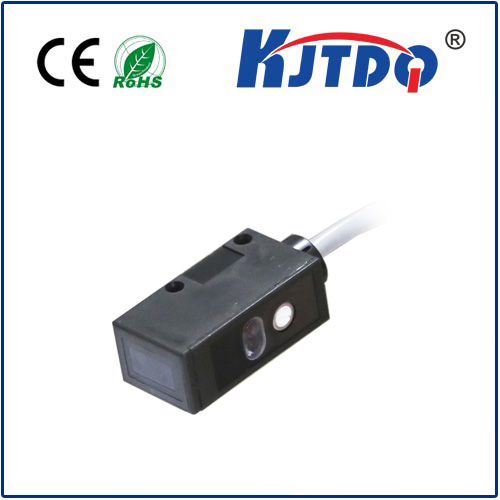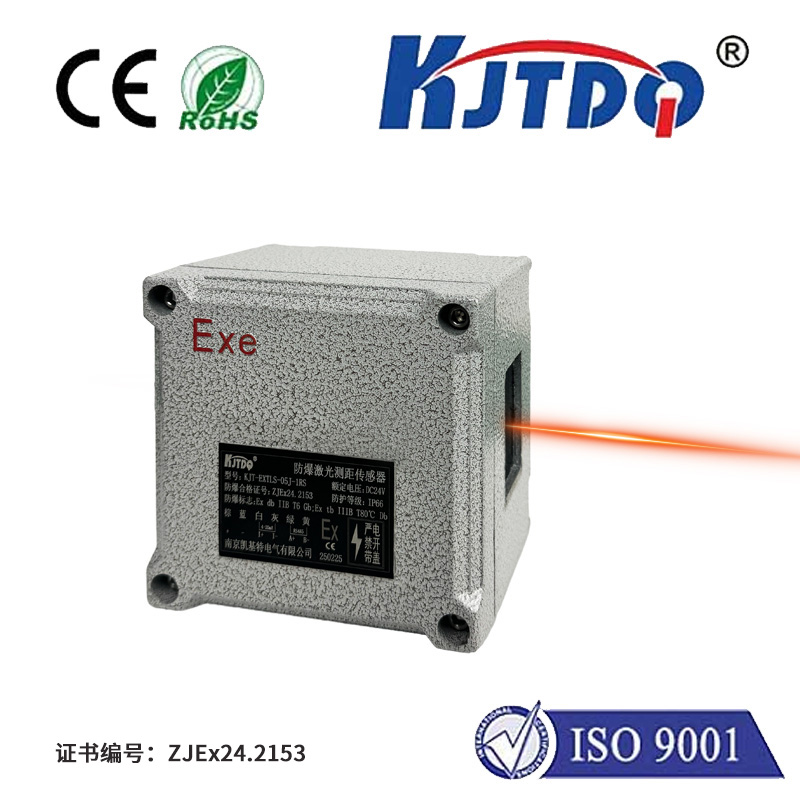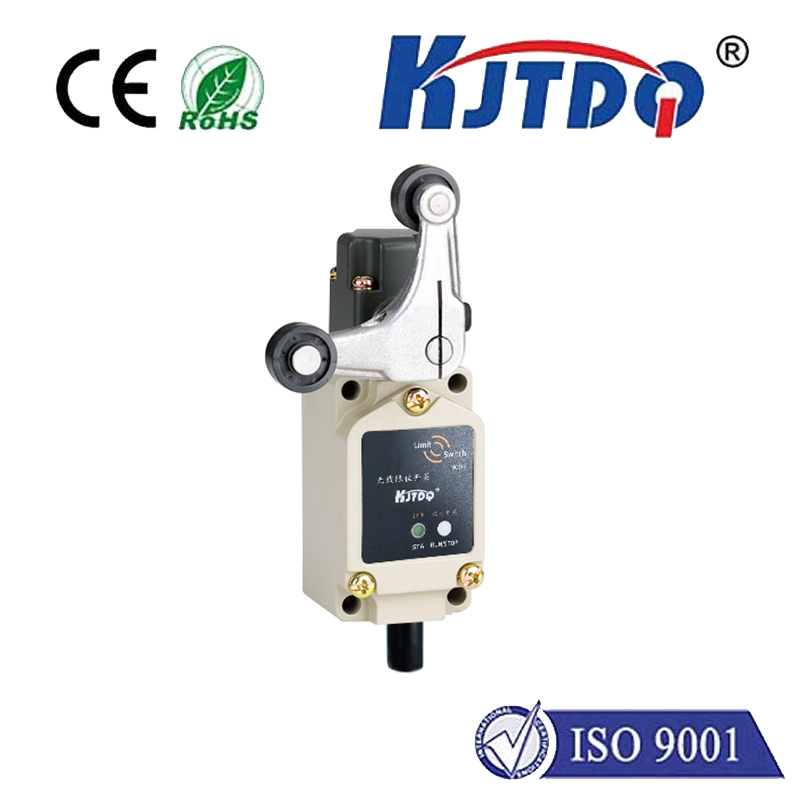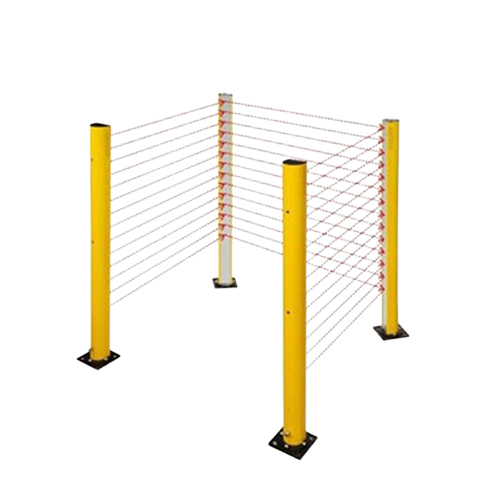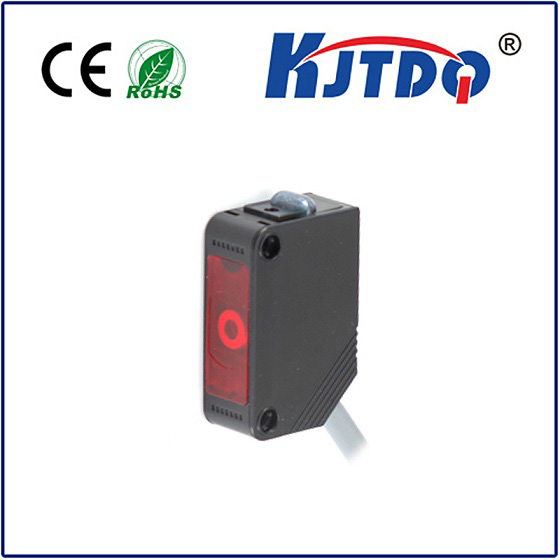BES0341 proximity sensor
- time:2025-10-16 16:13:32
- Click:0
BES0341 Proximity Sensor: Your Key to Reliable Sensing in Industrial Automation
Imagine this: A high-speed manufacturing line where robotic arms move with blinding speed, assembling components with micron-level precision. Now, picture the chaos that ensues if just one part isn’t perfectly positioned. This is where the unsung heroes of automation, like the BES0341 proximity sensor, step in. These compact, robust devices are fundamental pillars ensuring seamless operation, safety, and efficiency across countless industrial applications. Understanding the capabilities of a specific sensor like the BES0341 is crucial for selecting the perfect sentinel for your machinery’s critical detection tasks.
Proximity sensors, in essence, are electronic switches that detect the presence or absence of nearby objects without physical contact. This non-contact operation eliminates wear and tear, ensures long operational life, and allows for extremely fast response times – often measured in milliseconds. Among the various types (inductive, capacitive, ultrasonic, photoelectric), inductive sensors like the BES0341 are particularly renowned for their resilience in harsh industrial environments. They excel at detecting metallic targets, making them indispensable in machinery, robotics, automotive assembly, and conveyor systems.
So, what exactly is the BES0341 proximity sensor? While specifics can vary slightly depending on the manufacturer, the designation typically signifies a specific model within a series of industry-standard inductive proximity switches. The “BES” prefix often relates to common series identifiers used by major sensor manufacturers, and “0341” denotes a particular model variant. Key characteristics usually associated with sensors like the BES0341 include:

- Inductive Sensing Principle: The sensor generates a high-frequency oscillating electromagnetic field. When a conductive metal object (the target) enters this field, eddy currents are induced within the target. This interaction dampens the oscillation strength, triggering the sensor’s internal switch.
- Robust Construction: Built for demanding environments, models like the BES0341 typically feature:
- Stainless Steel or Nickel-Plated Brass Housing: Resistant to impacts, vibration, and corrosion.
- Potted Electronics: Protecting the sensitive internal components from moisture, dust, and chemical splashes, often achieving high IP ratings (e.g., IP67 or IP68).
- Shielded Design: Minimizing the influence of surrounding metal objects and providing a more focused sensing field.
- Sensing Range: Defined as the distance at which it can reliably detect a standard target. While exact distances vary by specific model within the series, inductive sensors like the BES0341 commonly offer ranges from fractions of a millimeter up to several centimeters.
- Electrical Output: These sensors are almost universally available in solid-state output configurations:
- NPN (Sinking): The sensor switches the negative (ground) side of the load.
- PNP (Sourcing): The sensor switches the positive voltage side of the load.
- NO (Normally Open) or NC (Normally Closed): Defines the switch state when no target is present.
- Operating Voltage: Designed for common industrial DC voltage supplies, typically ranging from 10-30V DC.
- Reliability and Longevity: With no moving parts to wear out and robust construction, sensors like the BES0341 are known for their exceptional reliability and long service life, minimizing downtime and maintenance costs.
Why Choose a Sensor Like the BES0341? Key Features and Benefits:
- Non-Contact Operation: Eliminates mechanical wear, ensuring longevity and reducing maintenance needs. Ideal for applications where contact is impractical or damaging.
- High Switching Speed: Capable of detecting objects moving at very high speeds, essential for modern fast-paced production lines.
- Harsh Environment Resilience: The robust housing and sealed design make them suitable for dirty, wet, oily, or vibration-prone areas where other sensors might fail.
- Resistance to Interference: Shielded inductive sensors are generally less susceptible to interference from ambient light, dust, smoke, or acoustic noise compared to optical alternatives.
- High Repeat Accuracy: Provides consistent and dependable detection performance over time.
- Simple Integration: Often feature standardized mounting threads (like M8, M12, M18, or M30) and connection methods (cable or quick-disconnect connectors), facilitating easy installation and replacement.
Where Does the BES0341 Proximity Sensor Shine? Key Applications:
The robust nature and reliable metal detection of sensors like the BES0341 make them ubiquitous in industrial settings. Common applications include:
- Machine Tooling: Detecting tool position, end of travel limits for slides and spindles, workpiece presence in fixtures, and turret indexing confirmation.
- Material Handling & Conveyors: Monitoring product position, controlling sorting gates, and detecting jams or missing items. Ensuring boxes or pallets are correctly positioned before operations commence.
- Automated Assembly: Verifying component placement, confirming actuator positions (cylinders extended/retracted), and detecting robotic arm end positions. Serves as a critical feedback device in pick-and-place systems.
- Robotics: Used extensively for end-of-arm tooling feedback, collision detection limits, and confirming gripper states (open/closed).
- Packaging Machinery: Detecting foil seals, verifying cap presence on bottles, controlling filling levels (by detecting the feed piston position), and synchronizing cutting operations.
- Automotive Manufacturing: Countless applications in engine assembly, body welding lines, paint shops (where non-contact is vital), and final inspection stations.
Selecting the Right Inductive Sensor:
When choosing a sensor like the BES0341 or an equivalent for your needs, always consult the specific manufacturer’s datasheet. Pay close attention to:
- Target Material: Standard inductive sensors work best with ferrous metals (steel, iron). Non-ferrous metals (aluminum, brass, copper) have a reduced sensing range, typically around 30-60% of the rated range for steel. Special types exist for enhanced non-ferrous detection.
- Required Sensing Distance: Ensure the rated operating distance comfortably covers your application gap. Factor in any installation tolerances.
- Mounting Conditions: Shielded sensors require metal to enter their sensing face directly. Non-shielded types can sense sideways but have a larger field potentially influenced by surrounding metal. Choose the right housing size and thread type (M8, M12, M18, M30).
- Electrical Requirements: Match the output type (NPN/PNP, NO/NC) and supply voltage to your control system. Ensure the current rating is sufficient for the connected load.
- Environmental Factors: Verify the IP rating is adequate for exposure to dust, water, oils, or chemicals. Consider temperature extremes.
The BES0341 proximity sensor exemplifies the power of inductive sensing technology. It represents a category of rugged, dependable workhorses engineered to provide critical object detection in the demanding heart of industrial automation. By reliably detecting metallic objects without contact, they form the essential sensory network that keeps complex machinery running smoothly, safely, and efficiently. For engineers and maintenance professionals seeking a proven solution for metal detection in tough environments, understanding the specifications and typical application scope of sensors like the BES0341 is the first step toward optimizing system performance and minimizing costly downtime.






